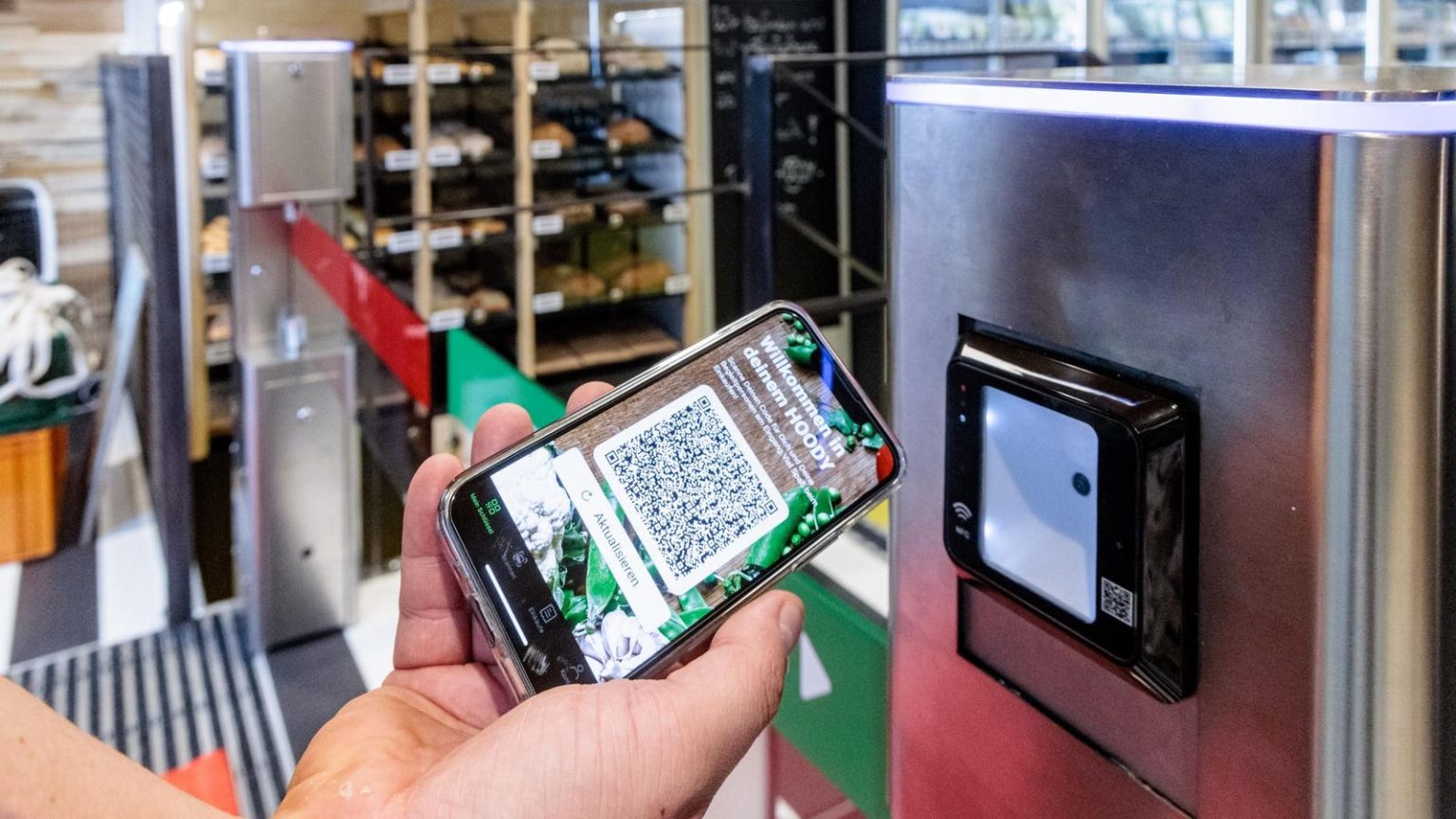The FIS
FIS
Global Payments Report 2023 has some findings that confirmed some of my suspicions about the direction of payments travel in the U.S. These included the shift towards digital wallets, which became the single leading payment method among U.S. consumers shopping online in 2022 (with 32% of e-commerce transaction value), perhaps a reflection of consumers’ increasing trust in mobile wallets, as well as the growth of account-to-account payments (A2A), where the U.S. follows the global trend. A2A accounted for 9% of e-commerce transaction value in 2022. This is projected to grow to 11% by 2026, fuelled in part by the imminent launch of the Federal Reserve’s FedNow A2A network.
Alternative Networks
Many other markets have developed retail payment options that are an alternative to the card model in developed markets, but they have been slow to evolve in the U.S. retail. There are many European alternative payment methods built on A2A rails. Take a look at Blik in Poland, for example, where more than 90% of the population have a ban account and there are more than 50m cards in circulation. In the first quarter of this year, more than two-thirds of e-commerce payments were by Blik, which also accounted for a third of in-store contactless payments, some 300% year-on-year growth.
(Not all of the European schemes succeeded, but we can still learn from the ones that did not, such as PayM in the UK and Paylib in France which, despite the bank of major banks, did not gain a foothold in retail.)
Reed Luhtanen, Executive Director of the U.S. Faster Payments Council (FPC), writing about their 2023 Spring Member Meeting, noted that merchants see A2A instant payments as important, as they want to provide customers with the options to pay the way they want (eg, Zelle), but they are also interested in them for improving other processes beyond POS, such as business-to-business payments and instant refund of customers. According to Matt Howarter, Senior Director Payments Services at Walmart
WMT
, “Not having immediate refund capabilities for consumers is unacceptable. Over 45 percent of calls to our call center are ‘Where is my refund?’ Faster payments present the perfect opportunity to be able to leverage the technology to improve that customer experience.”
(I recently spoke with the head of payments at an airline and the head of payments at a fast food chain who both echoed the point about refunds as well as payments.)
While A2A is not a purely European trend and some U.S. retailers have already been encouraging shoppers to try various forms of “pay by bank” options as alternatives to payment cards (by, for example, using Plaid to link the retailers to customer’s bank account), what can retailers do stimulate use? One strategy might be to target existing repeat customers (for whom the expectation of redress sits with the retailers, not the payment scheme) rather like Target’s RedCard, which gives customers a 5% discount on Target
TGT
purchases. Some 20% of the firm’s $100 billion annual revenues come through RedCard, where the retailer takes the money direct from a customer’s bank account.
(According to a16z, Target would save around $2 billion a year if all its customers used RedCard rather than their normal credit cards.)
Another way forward might be to ignore the POS and card infrastructure altogether and go in-app. The news that one of Australia’s biggest retailers, Woolworths, will start nudging customers away from cards and towards the country’s instant payment network is really rather interesting in this context, given that Woolworths is the largest processor of payments outside the big four banks and handled A$60 billion in payments across more than a billion transactions last year. The retailer says that the shift will reduce fraud while driving customers to its digital wallet and, importantly, their rewards program. They will also benefit by receiving funds instantly, rather than waiting for settlement.
Note Woolworth’s point about their digital wallet, which brings us back to the FIS findings. Digital wallets are primarily about identity — something that retailers care about — and the ability to link digital identity to A2A through strong biometric authentication will inevitably transform retail payments.
It’s All About Wallets
I’ve long thought that smart wallets (rather than super apps) are the way forward and there is a lesson for the U.K. here as well. While Britain leads Europe in digital wallet share, A2A accounts for only 9% of the total e-commerce spend ($319billion in 2022) compared to two-thirds in, say, the Netherlands. I strongly agree with U.S. payments expert Tom Noyes who says that wallets are the key to alternative payment networks, so there must be an opportunity to use them provide real competition to cards in U.K. retail just as in the U.S. sector.
Read the full article here



